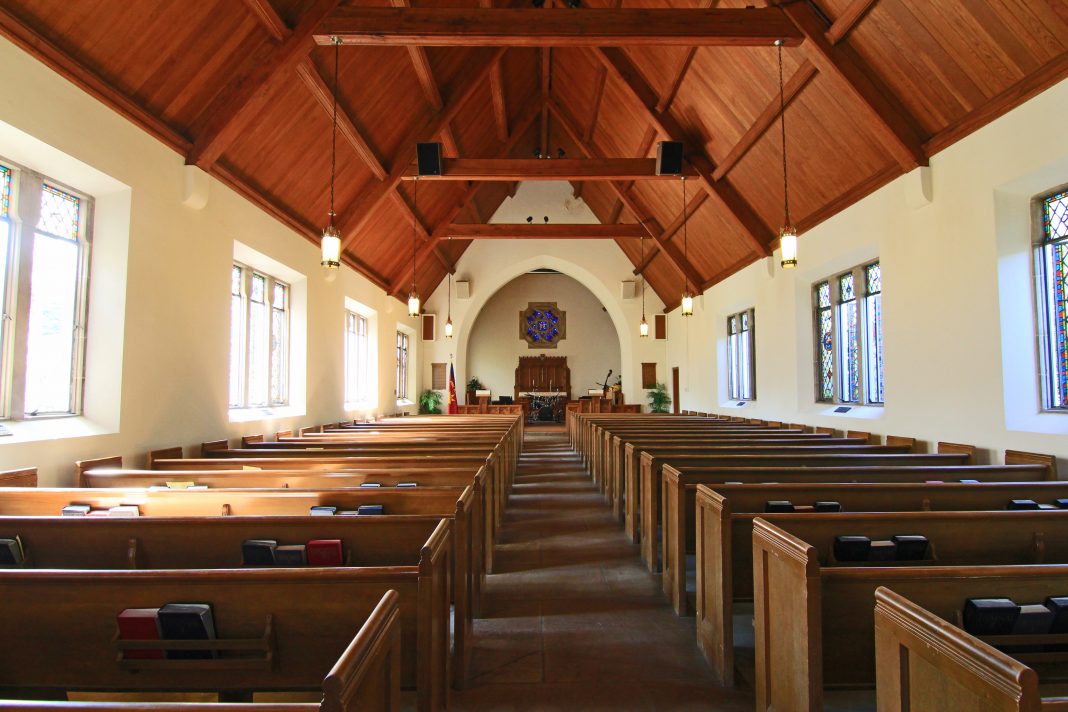SAN FRANCISCO—On Monday, May 25, the California Department of Public Health (CDPH) laid out state guidelines for places of worship to begin reopening as Governor Gavin Newsom eases the ban on in-person religious services.
These instructions follow a ruling made Friday, May 22, by the U.S. 9th Circuit Court of Appeals backing Newsom’s ban on in-church services. However, also on Friday, President Donald Trump demanded that states reopen synagogues, mosques, and churches for in-person services.
California has thus outlined a series of precautions so that people can begin to gather in religious settings.
These guidelines do not require that places of worship open and the state has ultimately left that decision to individual counties. CDPH strongly recommends that “places of worship continue to facilitate remote services.”
For those counties that do choose to open their houses of worship, visitors and employees will have to maintain the mandatory six feet of physical distance between each other. In order to do this, the guidelines limit attendance to either 25% of building capacity or a 100-person maximum, whichever is lower. These attendance restrictions will be in place for 21 days after which CDPH will reconsider based on the latest coronavirus outbreak data.
Other aspects of the guidelines include the development of a “Workplace Specific Plan” for each place of worship, which would incorporate regular risk evaluations of all work areas, frequent communication with the local health department, and having a designated person carry out the plan. The guidelines also outline the need for COVID-19 training for employees and volunteers, the enforcement of screening measures for employees and visitors who enter the place of worship, and cleaning protocols.
CDPH also recommends modifying certain religious practices that may pose a particular risk of infection like reducing the number of people who sing or take part in group recitation. Further, it suggests that places of worship consider “discontinuing kissing of ritual objects,” or “avoiding the use of a common cup.”
With respect to funerals, CDPH advises that the number of attendees is limited or staggered. For those who have died from COVID-19, religious practices that require washing or shrouding the body will require extra precaution “to reduce exposure as much as possible.”
These guidelines do not explicitly specify how the state will enforce these policies or ensure that places of worship are following them.






